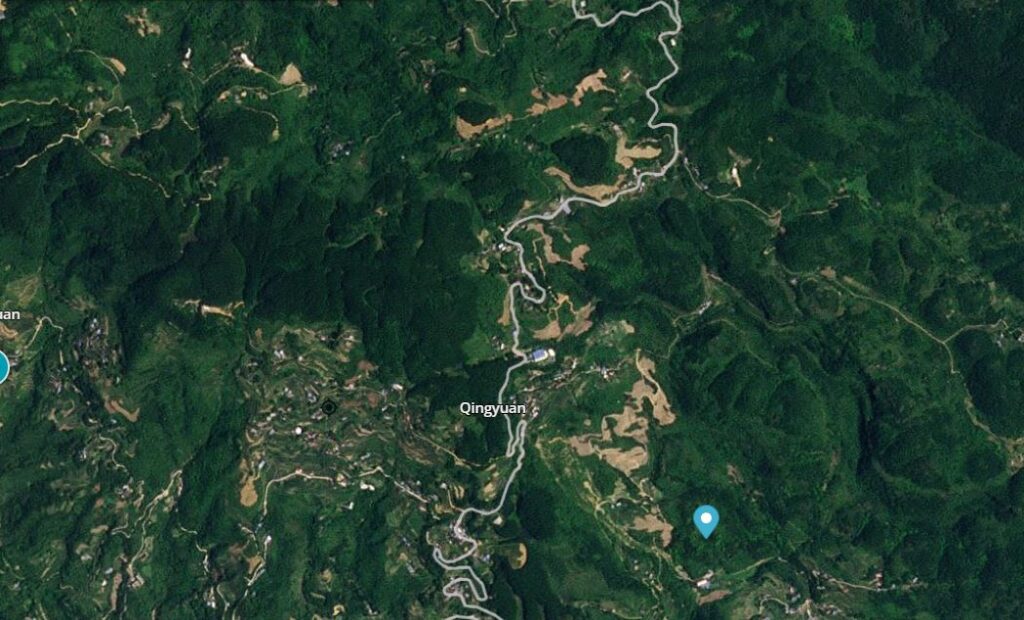The Landslide Blog is written by Dave Petley, who is widely recognized as a world leader in the study and management of landslides.
In the last few days, China has suffered multiple landslides triggered by heavy rainfall, with reports of fatalities. It is often difficult to get high quality information about these events in China – indeed, I think this has become more challenging over the years I have been collecting landslide data – so post-event analyses are very welcome.
In this respect, an interesting paper (Liu et al. 2024) has just been published in the journal Landslides, which reports upon landslides triggered by extreme rainfall on 4 July 2023 in the Wanzhou area of Chongqing Province of China. This was a significant event – the authors report that it resulted in 17 deaths, with a further two people remaining missing (bringing the total to 19 fatalities), and with a total of over 37,000 people being directly impacted. The estimated cost of the episode is RMB 22 billion (US$3 billion).
The event occurred in a 600 km2 area centred on about [30.800, 108.534]. This is a Planet Labs image collected on 13 June 2023, showing a part of the region:-

By comparison, this is the same area after the event – this image was collected on 17 July 2023:-

And below is a slider that should allow the two images to be compared:-


The multiple landslides just in this small area are clearly visible. Liu et al. (2024) have mapped 946 landslides triggered by this event in the 600 km2 area.
The rainfall event itself is fascinating. In the main area affected by the landslides, multiple rain gauges recorded over 150 mm of precipitation, whilst one recorded 261 mm in 24 hours. For reference, the authors estimate that the 50-year return period event for Wanzhou is about 187 mm, so statistically this was a very rare event.
The majority of the landslides triggered by the event were slides, and most of them were shallow. This fits a common pattern, with high levels of activation due to saturation and loss of suction close to the surface, Liu et al. (2024) demonstrate that there is a high level of spatial correlation between the total rainfall and the landslide distribution. But interestingly, of the mapped earth slides, over 60% occurred on road embankments, illustrating the anthropogenic role in increasing landslide susceptibility.
This paper by Liu et al. (2024) is a very good demonstration of the sensitivity of mountainous topography to intense rainfall events that are outside of the normal range that a landscape has historically encountered. Human induced climate change is rapidly moving us into these domains, and the landscape is responding with increased numbers of landslides, which are imposing a very high cost.
Tragically, we can expect this to be a recurring pattern in the coming years and beyond.
References
Liu, S., Yin, K., Du, J. et al. 2024. Landslides triggered by the extreme rainfall on July 4, 2023, Wanzhou, China. Landslides. https://doi.org/10.1007/s10346-024-02296-8
Planet Team (2024). Planet Application Program Interface: In Space for Life on Earth. San Francisco, CA. https://www.planet.com/


